ASCOD Vehicle Presented in Kielce
General Dynamics European Land Systems Company, also known as GDELS, is showcasing its standard product, the ASCOD IFV, during the MSPO defence exhibition in Kielce. The platform is the latest iteration in the family of vehicles, the starting point of which was seen in the form of the Spanish-Austrian ULAN/PIZARRO IFV and an evolution of the ASCOD variants introduced in UK in the AJAX project. The vehicle in question is also being offered to the Czech Army.
ASCOD acts as a foundation for the GDELS’s proposal, concerning the future Polish IFV. The vehicle is being marketed in the Czech Republic as well. During the IDET 2017 event, the aforesaid platform was being presented with the Rafael Samson Mk II turret, a modification of the RCWS-30 system applied in case of the Czech Pandur platform. Both vehicles utilize turrets featuring 30 mm cannons and Spike ATGM launchers.
The proposal in question is accompanied by an industrial offer. The representatives of the GDELS company stress the fact that they remain ready to transfer the assembly line for the chassis to Poland and to entrust the domestic industry with development of the specialized variants of the vehicle, or to include the Polish entities in the platform’s supply chain.
GDELS has also concluded agreements with 5 Czech companies, with a reference to the programme concerning the new platform. The agreements have been signed with a strategic partner for the GDELS Czechoslovak Group, the VOP CZ facility, also involved in procurement of the Pandur vehicle. More agreements have also been signed with the Meopta company specializing in delivery of observation systems, a manufacturer of electric components – the Ray Service company, and with a company offering the C4ISR, battlefield management and diagnostic systems, the Letecké Přístroje Praha (LPP) enterprise.
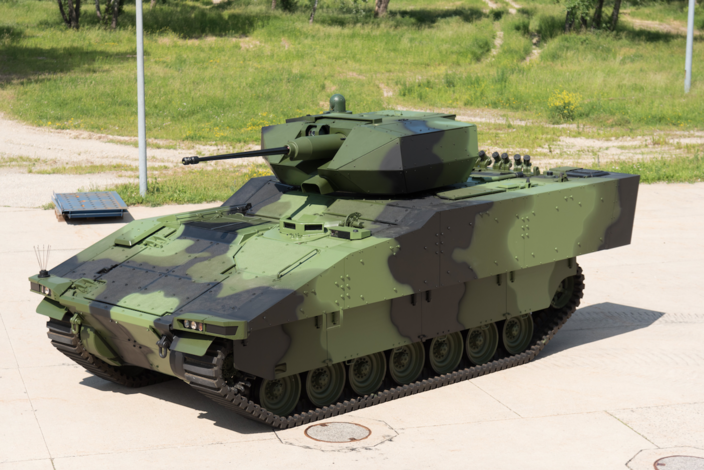
According to the GDELS’s representatives, a similar model of cooperation could be potentially employed, should a decision be made to sell the vehicle to Poland. In case when the Polish authorities acquire the platform together with Prague, this could be translated into a regional cooperation, meanwhile the industries could make collaborative efforts to be active on the third markets.
The ASCOD vehicle’s roots are dated back to 1982, when the Austrian Steyr-Daimler-Puch AG company began to work on a successor of the 4K7FA IFV/tracked APC. The new platform has received a working name of MICV 90 and was based on requirements that were placing it among the latest designs of its class. Back in 1983 the design was accepted, and the project was joined by the Spanish Santa Barbara Blindados company. The Spanish, on the other hand, were looking for a successor of the M113 carriers widely operated by their Armed Forces.
The memorandum of understanding signed, besides development of a new IFV with specialized variants, was to diminish the cost of the initiative. Back in 1986, ASCOD (Austrian Spanish Cooperative Development) company was formed. The vehicle name was derived from the company name. The PT-01 prototype created back in 1989 was weighing 21 tonnes and had a 500 HP diesel engine used as its power-pack. Its turret was fitted with a 30 mm Mauser Model F cannon, coupled with a 7.62 mm MG3 machine gun.
In 1993, the new PT-03 vehicle has reached the final configuration, with seven pairs of road wheels, more effective suspension, and with a reconfigured and retrofitted interior. After essential modifications ASCOD was introduced into service in both Austria and Spain ULAN and PIZARRO respectively), as a modern IFV weighing up to 30 tonnes, armed with a 30-mm gun with modern fire control system providing high firepower, enabling to combat the infantry fighting vehicles of the potential adversary.
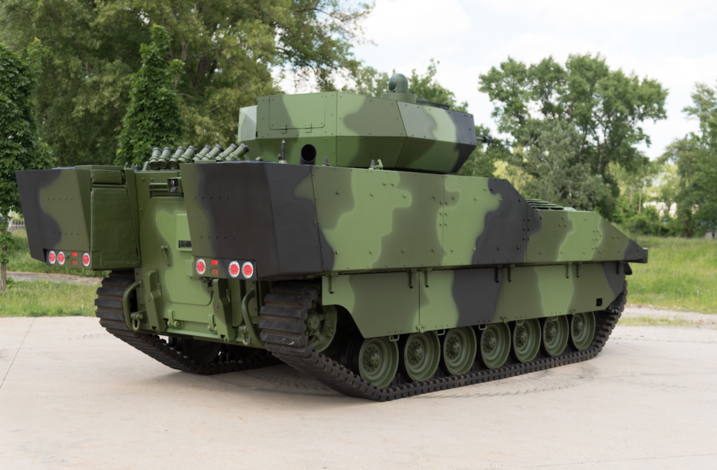
ULAN/PIZARRO IFVs are 6980 mm long and 3150 mm wide, with height at the level of more than 2700 mm, turret included. They are powered by an MTU 8V-199-TE-20 diesel engine offering power of 720 HP, coupled with a Renk HSWL-106C3/106C gearbox. The power to weight ratio equals 21 kW per tonne, while the top speed of the vehicle is as high as up to 74 kilometres per hour. The IFV’s range is 500 kilometres, while its mobility allows the platform to go over 1000 mm high vertical walls, 2500 mm wide ditches or to wade in water at depths of up to 1200 mm.
In 2003, the two collaborating companies became a part of the US-based General Dynamics company which translated into wide presentation of the platform in the world. Moreover, many prototypes of specialized vehicles were created on the basis of the original platform. At the stage when the IFV was being designed, it was assumed that the vehicle in question would become a foundation for numerous specialized variants. The economic and financial factors emerging thereafter have created a need to review the plans made. The Austrian Armed Forces have had a driver training vehicle designed, with a special glazed students/instructor cabin applied.
Meanwhile, Spain has ordered a VCPC command vehicle (48 platforms as such have been ordered, the troop compartments features staff personnel stations and equipment, including the SIMACET-PU battlefield command suite). VCOAV vehicle reconnaissance platform (28 examples initially ordered) and a VCREC engineering vehicle have also been acquired. VCZ engineering platform is the last known one, purpose- and design-wise. This last is already based in the new and successful concept which derives from the UK Program (ASCOD SV)
Up until now 375 platforms have been created, configured in a variety of ways, based upon the ASCOD initial versions (ULAN/PIZARRO). The experienced Austrian and Spanish companies (GDELS – later) have been working on perfecting the platform and tailoring it to the ever changing requirements. The recently offered vehicle, now generally called ASCOD is a derivative of the previous ASCOD (ULAN/PIZARRO) platform, and it has been, since the year 2008, promoted and marketed by GDELS. The test and research programme itself was being carried out since 2012, just to have the tested vehicle approved for series manufacturing in 2013.
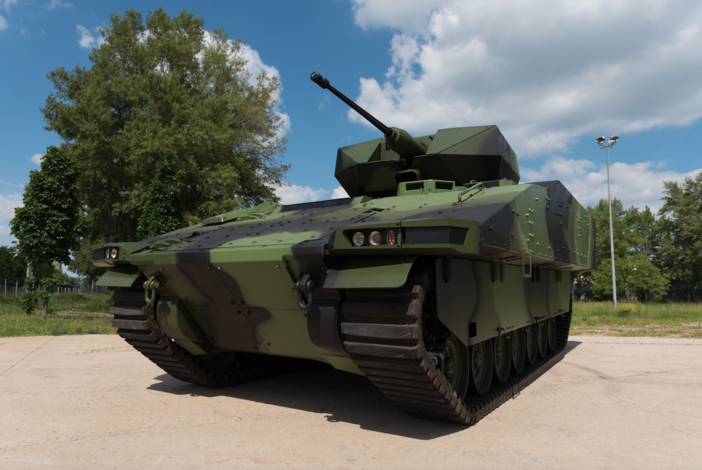
The development of a new series has also entailed the first major ASCOD’s success, as back in 2014, General Dynamics UK (GDUK, subsidiary company of GDELS in the United Kingdom) has been awarded with a contract to deliver 589 AJAX vehicles for the British Armed Forces (previously referred to as Scout SV), the hull of which are based on the most recent model. The order concerns production of 245 AJAX Scout vehicles, 93 ARES reconnaissance support platforms, 112 ATHENA command vehicles, 50 APOLLO ARVs, 38 ATLAS MEDEVAC carriers and 51 ARGUS engineering reconnaissance platforms. The reconnaissance vehicles would also include an artillery platform, featuring a battlefield reconnaissance radar which would be used to detect targets.
British Scout SV reconnaissance variant is armed with the same CTA 40 mm cannon, which will be provided to the upgraded Warrior Infantry Fighting Vehicles and the new French wheeled vehicles. This enables interoperability among the fleet. The vehicle is also known for high levels of protections and the possibility to use on-board network systems and advanced sensors.
The ASCOD offers two configurations under the same concept. A first, with hull, along with the transmission, cooling and running gear weighs approximately 20 tonnes, which leaves 11,3 tonnes for the payload and 4 tonnes for a potential future growth. And a second variant with increased ballistic/IED protection and the own weight of 23 tonnes (including hull, engine, gear, cooling etc.) can carry a payload of up to 15 tonnes, with four tonnes left for the future growth. So, the “baseline” combat weight for the ASCOD could be approximately 31 tonnes for the first, and 38 tonnes for the last.
The new Engineering variant of the Spanish Army (PIZARRO II VCZAP) is based in the first while the one of the UK is the second. The Czech Program can be based in any of the previous; depending on the customer requirement, mission profile and growth potential to react on future threats definition.

This is because current variant of ASCOD is built on the principle of modularity, so it can be integrated with various weapon or protection systems. There is an assumption that an ASCOD in a variant that could be fielded to the Armed Forces could have a “weight growth reserve”, to facilitate accommodation of additional systems in the future. This can include newly developed modular armour, Active Protection, C4ISR, Battle Management Systems or primary/secondary weapon system. Thanks to the further growth capability at the moment of fielding, the costs of future upgrades are to be reduced.
Another feature of the new generation ASCOD is the lifecycle cost management system. According to GDELS, the vehicle was designed with a Life Cycle Cost in mind, as it is not the acquisition cost, but the service cost represent a major part of the life cycle cost. So, the Life Cycle Cost can be accurately estimated at the beginning of the program.
A modular design of a vehicle, allowing further modification is aimed inter alia at reducing life cycle costs, so new capabilities can be added depending on the customer’s requirement without the need of general vehicle design changes. GDELS representatives declare that they are ready to share their experiences gained during the ASCOD programme, but also during other earlier projects. The aim is to provide a tracked platform which can be used during a whole life cycle, while adjusted to the modern battlefield requirements.
According to General Dynamics European Systems current ASCOD is an evolutionary design, which builds on experience from the use of ASCOD Infantry Fighting Vehicles. At the same time it is adapted to the current battlefield requirements, leaving room for future growth. The modular protection system provides the vehicle with a proper level of ballistic protection, tailored to the customer requirements. The bottom portion of the hull may accommodate additional plate with elements that could dissipate explosion energy. The fuel tanks feature special coating and are self-sealing. They have been arranged in a way which isolates them from the surrounding environment.
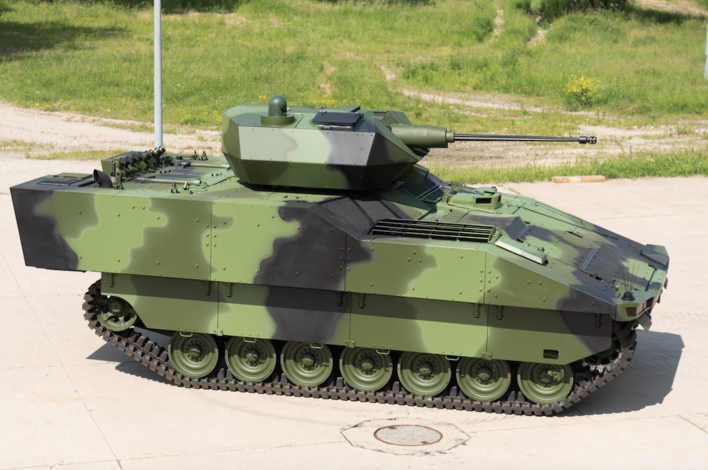
Moreover, there is an option of fitting the vehicle with a laser warning receiver, active countermeasures (LEDS-150/300 system has been tested), or with a slat armour. The crew consists of three soldiers - commander, driver and gunner, along with six troops in the troop compartment. A stretched version of the ASCOD, capable of carrying eight troops along with three crew members, if equipped with remote controlled weapon station (RCWS) – small or medium calibre is also available.
The crew, as well as the carried troops, are seated in seats that have been designed to diminish the high g-loads that may have an impact on the humans after explosions of mines or other explosive devices. The new generation ASCOD makes use of a MTU 8V 199 TE21 engine delivering a power output of 600 kW/816 HP at 2300 RPM (with maximum torque of 3000 Nm at 1500 RPM), coupled with a hydromechanical Renk HSWL 256B transmission. The system consists of a hydrokinetic transmission with a locking clutch, shuttle, automatic gearbox, summing gears and side gearboxes. This makes it possible to turn at any desired radius, or even without changing the vehicle’s position.
ASCOD has a power to weight ratio up to 23 HP per tonne. The engine meets the requirements of the ISO 1585 norm. The suspension consists of fourteen shafts connected with suspension arms. The tracked drivetrain features 14 road wheels, six support rollers, two tensioning wheels and two drive wheels.
Diehl 464 tracks, or lighter, rubber derivatives are used. The IFV’s hull, in its basic variant, has the following dimensions: length - 6430 mm, width - 2990 mm, height - 1970 mm (without the turret), ground clearance - 512 mm. The interior space is 12.5 cubic meters, where 9 cubic meters have been taken by the troop compartment. The parameters of the drive system allow the vehicle to attain top speeds up to 70 kilometers per hour (minimum speed below 5 kilometers per hour), and accelerate from 0 to 50 kilometers per hour in 12 sec., for the carrier weighing 38 tonnes.
Top speed in reverse is 33 kph. The range exceeds 500 kilometres. ASCOD is capable of going over hills with slopes greater than 60%, and in case of lateral tilt of 40%. Moreover, the vehicle may go over vertical obstacles which are up to 1,1 m high and over 2,5 m wide ditches. The vehicle may wade in water 1,25 m deep, after preparation this value goes up to 1,5 m. Two IFV or APC configured vehicles may be transported with heavy A400M, C-17 or Il-76 aircraft.
Work environment control system is a standard in case of this platform, fusing the heating, A/C, air filtering and NBC protection devices. The vehicle is complemented with a number of systems that enhance situational awareness of the crew and the troops, their safety or work comfort. Moreover, the platform may also be fitted with a BMS solution, further intercom and communications modules, as well as systems that would process and distribute the obtained imagery. Specially designed electronic architecture of the vehicle allows for expansion of the whole suite through connection of further modules or electronic devices in the future.
The vehicle may also use a wide array of extra armament in manned and remote control turret modules. The ordnance may include 20 to 40 mm automatic cannons or larger, or 90 to 120 mm cannons. Moreover, the platform may be used as a foundation for numerous specialist varieties, including a MEDEVAC vehicle, reconnaissance platform, engineering support vehicle, self-propelled mortar or even a 155 mm self-propelled howitzer (DONAR system).

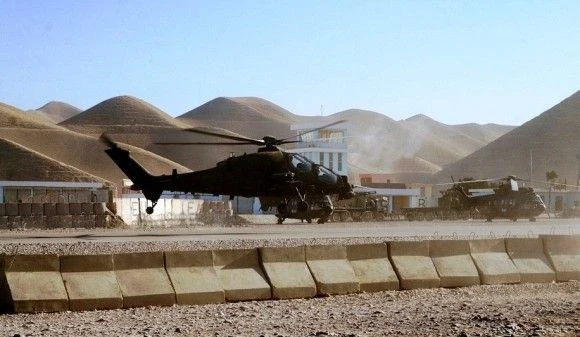
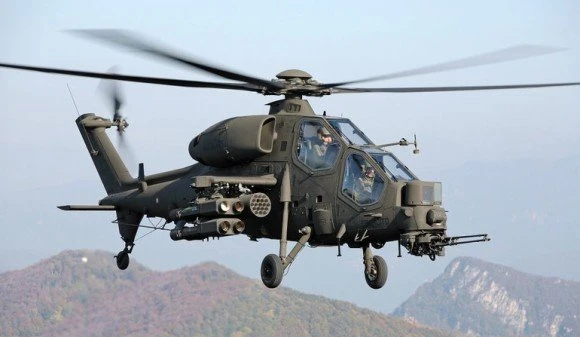
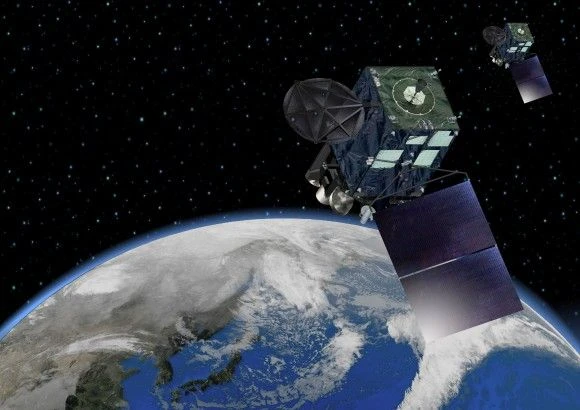
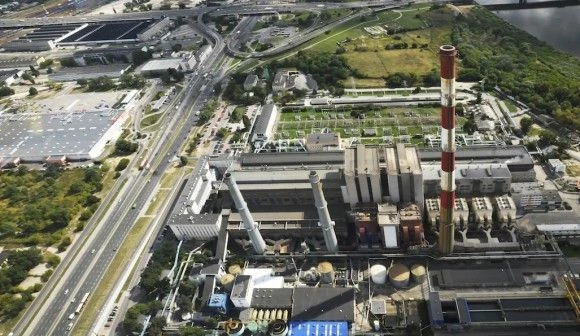
WIDEO: Defence24 Days 2025: Premier Defence & Security Conference in CEE